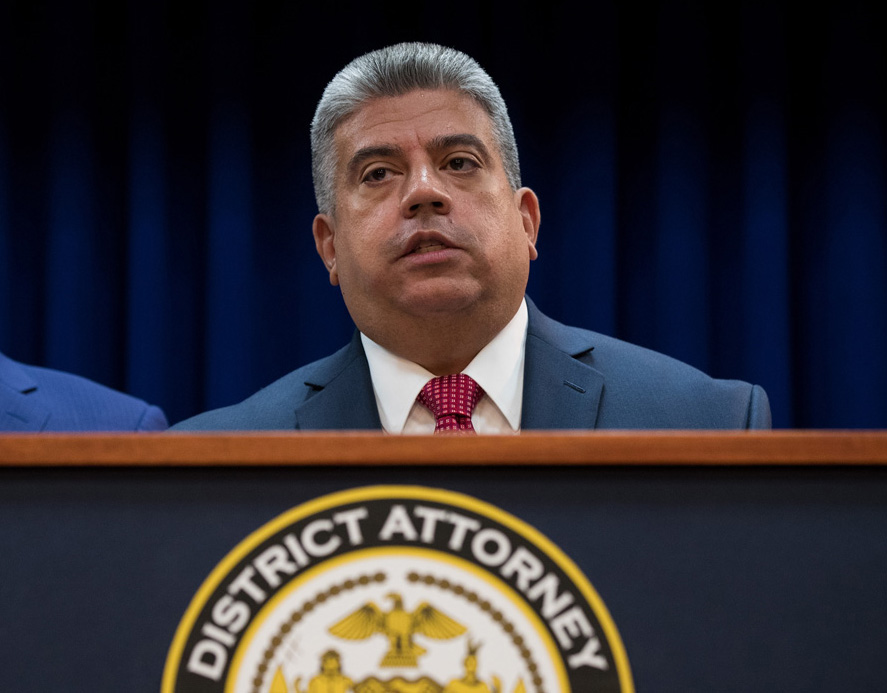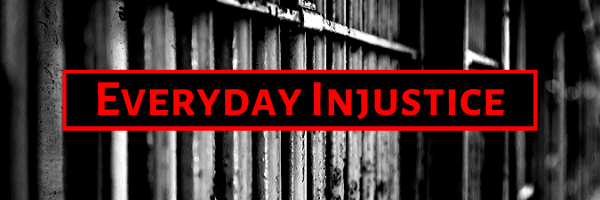

By Nicholas Gardner
BROOKLYN – The Kings County District Attorney’s Office in Brooklyn, in concert with The Innocence Project and WilmerHale Law Firm, released a 100-page report in July—“426 Years: An Examination of 25 Wrongful Convictions in Brooklyn, New York”—documenting cases reviewed by its “Conviction Review Unit” (CRU) of 25 people falsely convicted and ultimately exonerated.
Brooklyn District Attorney Eric Gonzalez said he released the report to “build community trust, especially now, when so many people in this country are expressing anger and despair with the system, we must reckon with and be transparent about the mistakes of the past.”
He said he also wanted to “share the methods, analyses and findings of the CRU with others around the country who are engaged in this critical work, and with the public at large.”
The Case of Jeremy Alvarez (2001): Alvarez was convicted of Second Degree Murder, two counts of First Degree Armed Robbery, and Second Degree Assault in Brooklyn, New York, and received 20 years to life in prison.
But, after 17 and a half years, Alvarez was released following the Kings County CRU’s identification of several critical errors in his trial, such as the jury’s failure to explore a falsehood in Alvarez’s confession, as well as the absence of detectives’ notes.
Evidence presented during Alvarez’s trial determined that he and an accomplice, both armed with a gun, attempted to rob two victims. The accomplice hit the first victim with his gun, prompting the  victim to stab him. At some point, the second victim was fatally shot.
victim to stab him. At some point, the second victim was fatally shot.
The first victim survived the ordeal, and was able to correctly identify that three individuals were present at the scene. This account was corroborated by an officer who responded to the incident. However, the victim incorrectly identified two individuals (who weren’t Alvarez or his accomplice) as having been present at the scene.
The victim was able to identify Alvarez’s accomplice, who had hit him with a gun, but not Alvarez. The officer was able to correctly identify both individuals.
Upon apprehension, Alvarez told investigators that his accomplice had been stabbed and fired shots. Later that day, however, Alvarez requested to speak with investigators and told them that he had stabbed the second victim, who had been presumed to have been shot.
It was determined after Alvarez’s confession that the second victim had in fact died of a gunshot wound, but at the time of his confession detectives had been advised by the hospital that the victim had been stabbed.
The detective that interrogated Alvarez testified that he told him that one victim was stabbed and one was shot, but he did not speak to him between his first and second confession. The first victim as well as the officer both testified to there being two individuals at the scene, but were impeached by the defense because both witnesses had previously reported seeing three individuals.
The first victim’s testimony also included a recount of the incident that was confirmed by a law enforcement agent from another jurisdiction.
The CRU determined that several aspects of Alvarez’s trial were at fault for his wrongful conviction.
Foremost, the fact that Alvarez’s factually flawed confession was not more carefully reviewed by prosecution was of great worry. According to the CRU, the prosecution should have been more “candid” with the grand jury, court, and jurors about the significance of the error in Alvarez’s confession.
Additionally, this questionable confession was the only actual piece of evidence implicating Alvarez as the guilty party. The confession was consistent with what prosecutors knew at the time (that the second victim had been stabbed), but later discovered to be false.
This, said CRU, opens the door to the possibility that Alvarez was coerced into confessing to a crime that he did not commit, or that by suggesting that the victim was stabbed, police were able to get Alvarez to adopt this falsehood in his confession.
Also, the detective that questioned Alvarez told prosecutors that he had Alvarez specifically explain how the second victim was stabbed in the chest, but did not admit this to the court, possibly to avoid perjury.
Finally, the CRU found that the detective had failed to provide the defense with notes in a timely manner.
These notes provided evidence that strengthened the defense’s position on three matters—specifically, evidence that: (1) suggested three people were involved (which undermines Alvarez’s confession and the prosecution’s position on his involvement); (2) undermined the officer’s identification of Alvarez; and (3) further detailed the first victim’s criminal record, of which the prosecution was unaware.
To sign up for our new newsletter – Everyday Injustice – https://tinyurl.com/yyultcf9
